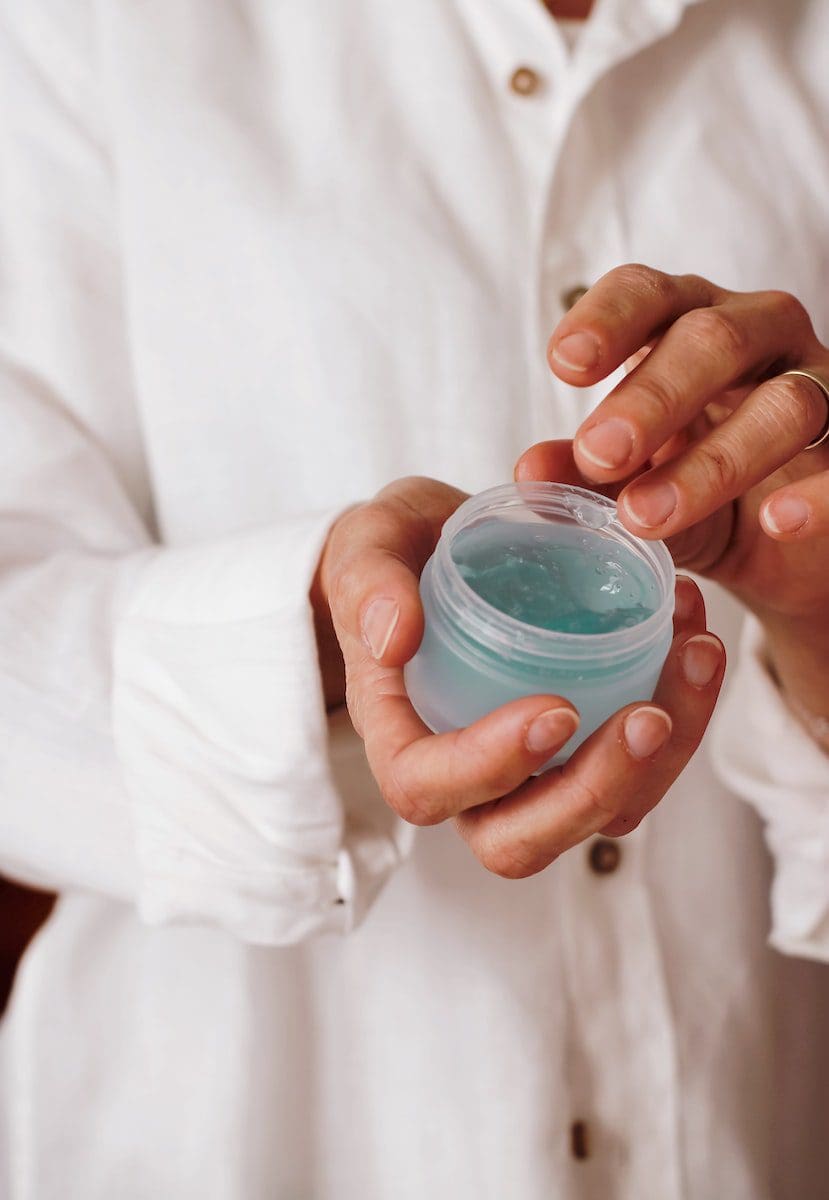Shellac is a natural polymer and has a resemblance to a synthetic polymer. It is also considered a natural form of plastic. It is obtained from the female lac bug growing on trees.
Key Takeaways
- Shellac is a hybrid nail polish made of part nail polish and part gel, whereas gel nail polish is made of pure gel.
- Shellac nails have a natural, glossy finish and are less durable than gel nails, which are thicker and more resistant to chipping.
- Gel nail polish requires a UV or LED lamp for curing, while shellac can be cured using a UV lamp or air drying.
Shellac vs Gel
Shellac is a natural polymer that is made from tree bark shavings where female bugs grow. It gives a glossy and shiny finish. A gel is a semi-solid colloidal system where the liquid is dispersed in a solid substance. It is used for absorbing and as a drying agent.

The raw shellac, which is obtained from trees containing bark shavings and bugs, is heated in long socks like canvas, liquefies the shellac, and percolates from the canvas, leaving behind the dead bugs and remains of bark.
It looks solid but has liquid-like properties. Its structure shows the molecules of solid having a cross-linking, three-dimensional structure with liquid.
Comparison Table
| Parameters of Comparison | Shellac | Gel |
|---|---|---|
| Definition | It is a natural polymer that is a mixture of resin, wax, and color components. | It is a three-dimensional, semi-solid colloidal substance with solid as dispersed phase and liquid as dispersing medium. |
| Forms | Present naturally in solid form | It is in semi-solid form |
| Property | It gives a natural glossy look and is found in different colors like brown, orange, and red. | The gel-like liquid phase is called cytosol, and different ions, proteins, and carbohydrates impart different qualities to the gel. |
| Characteristic | It contains wax hence can be used as a waterproofing material | It contains water as the main component hence gives a humidifying effect |
| Uses | It is used as a binder, fixers, and for surfacing the wooden object | It is used as an absorbing and drying agent |
What is Shellac?
Shellac is a refined natural form of Lac. Lac is a secretion produced by an insect parasite on trees found in India, Burma, and some parts of other Asian countries.
It consists of resin, which is a polycondensate aldehyde and other hydroxy acids, wax, and other colorful substances.
It is a form of natural primer that gives glossy shine and insulating qualities and keeps away moisture from objects.

What is Gel?
The gel is a form of colliding consisting of solids in the liquid medium. It is semi-solid in appearance. Jellies, jams, curd, butter, and shoe polish are different forms of gel.
Elastic gels are converted into dry form by heating. When they are kept in water, they absorb it and swell up. Examples of elastic gels are agar-agar, gelatin, fruit jams, etc.
Examples of nonelastic gel are silica gel, hydroxide of Fe, Al, Cr, etc. Some animal species also secrete gels that protect their bodies from parasites.

Main Differences Between Shellac and Gel
- Shellac can be used in nails for a glossy finish. It takes less time to dry and is easy to remove, while gel-based nail paints take more time to apply but last longer.
- Shellac does not imbibe water and mostly makes the surface waterproof, whereas Gel can absorb water and swell up.

- https://www.sciencedirect.com/science/article/pii/S030881461001513X
- https://www.sciencedirect.com/science/article/pii/S1773224717309425

Thank you for this informative article. The comparison of shellac and gel is presented in a reader-friendly manner, making it accessible to a wide audience.
The information in this article is quite interesting. It’s essential to understand these differences, especially for people in the beauty and cosmetic industry.
Agreed. The article is well-researched and provides valuable insights into shellac and gel. A great contribution to the literature on these materials.
This article provides valuable insights into the chemical compositions and practical applications of shellac and gel. The detailed descriptions are commendable.
Absolutely. The article offers a comprehensive understanding of the characteristics and uses of shellac and gel. Well done.
This is a well-written and thorough discussion of shellac and gel. The real-life examples and practical implications are particularly enlightening.
I appreciate the detailed explanations of the molecular structures and natural sources of shellac and gel. A well-rounded article.
I found the scientific references in the article to be particularly valuable. It’s always reassuring to have reliable sources to support the information provided.
The comparison table is very helpful in highlighting the distinct properties of shellac and gel. I appreciate the clarity and organization.
Great article, very informative. It’s always good to learn about the properties and characteristics of different materials. I can’t wait to read more!
Indeed, the article provides a clear and detailed comparison between shellac and gel. I appreciate the reference links as well.
Absolutely. Shellac and gel are fascinating compounds. Looking forward to more articles like this.